Credit and title sequences are the business cards of movies. You can use a couple of minutes to get the audience in the mood, totally distract them from what's coming next, and yes, you can make a statement about a certain aesthetic that the film will have. When they're done well, credit sequences are effective. And when there's a purpose behind what's going on on-screen, you can grab the viewer's attention and grasp them from the very beginning of the movie. They will try to solve the puzzle of your movie early on. The engagement starts.
We have compiled a list of the absolute best credit sequences of all time. We made sure to include everything purpose-wise because it's not fair to discard those random picks that arguably have nothing to do with the movie. Regardless, they work as perfect introductions to iconic, obscure, and cult movies. Enjoy!
25 Se7en
Of the sequences on this list, Se7en's is perhaps the one that people remember the most. There is a reason.
Kyle Cooper is the designer behind this great piece of cinema. He was commissioned by Fincher, who needed to pitch something in the test screening for New Line Cinema and his idea wasn't possible due to time restraints. Cooper created an introduction to the unthinkable corruption of the human soul, scored to the jarring notes of Nine Inch Nails' Closer. This is a supercut of intimate hints about John Doe's work, and it's one of those sequences that may sting you as you watch it. It's hard to watch, but it's a great preparation for the film you're about to watch.
24 Dawn of the Dead (2004)
We will be clear. The opening scene for Zack Snyder's Dawn of the Dead is a masterpiece. But it isn't what we're referring to here. This is what comes after.
The credits of the film are presented in a supercut tuned to the lyrics of Johnny Cash's nightmarish The Man Comes Around. The apocalypse begins with humankind indulging in self-destruction and credits are shown as people's names are stamped and then airbrushed away. The sound effect will live on forever in our minds.
23 Panic Room
Fincher is the most common name on this list, and it's not a coincidence. His films are the result of a design. In the case of Panic Room, he went for hovering typography in post-9/11 Manhattan. The skyline is invaded by a beautiful design that brings us closer to the apartment buildings that are left unprotected at night. This was clearly inspired by the work of Saul Bass, the designer known for working alongside Alfred Hitchcock.
22 North by Northwest
In the credits for Hitchcock'sNorth by Northwest, a series of converging lines over a green backdrop is enough to make a statement. Hitchcock actually declares his name at that moment and also seconds after as the sequence progresses into something much more mundane.
But those lines turn into the front of a building in New York. Bass' foray into animation was experimental at the time, but here he uses the screen as a blank canvas where he can display his identity as a graphic designer. There is a reason for this design, and it has to do with the film's plot, but we'd rather you see it for yourselves. We can give you a hint though: your life can suddenly change with unprecedented events that come across your routine.
21 Anatomy of a Murder
Once again, Mr. Saul Bass is on the list. Anatomy of a Murder was actually released at the same time as North by Northwest, and Bass proves his worth again with an animation design that's actually a playful reconstruction of a corpse. If it weren't a great combination of black and white and typography, it would be almost funny and vulgar. But this is Bass, and this is his way, and nothing about him is vulgar.
20 Scott Pilgrim vs. The World
Right off the start, you realize Scott Pilgrim vs. the World isn't like any other film you've seen in the past. The first five minutes include references to probably five pieces of pop culture that aren't hard to recognize.
Before the credits, Scott admits he's dating a high school girl, and seconds after she arrives to see a rehearsal of the band Scott plays in. When the punk notes start, Edgar Wright begins his trip of a movie. With a powerful and frantic animation (and that zoom-out shot we all love), we enter the world of Scott Pilgrim. In the best style of analog animation mixed with punk rock, the introductions are made to one film that will never be copied.
19 James Bond franchise
Let's be honest. The opening credits for James Bond mixed with modern songs are an iconic design decision that's hard to repeat. People actually went to see the films because they were curious about what they would do next.
They would always follow a different pattern and design, but the gun barrel sequence is what unites them all. The concept created by Maurice Binder in 1962 was relatively simple: to focus on James Bond shooting from the villain's perspective. However, the real opening credits come moments after the main character shows up.
In a series of beautifully designed montages, the credits are shown and the title song plays. They usually portray pretty women, guns, and Bond himself, all projected on random objects. It's hard to describe something so diverse, so perhaps you should binge on the James Bond franchise and indulge in these graphic design icons.
18 Lord of War
The credits for Lord of War are a great match for the film's inherent cynicism. The construction of a single bullet and where it goes after it's completed. This is the story that's told during the presentation of the film. It's a stylish way to introduce the very underrated film about an illegal arms dealer who goes too far in his ambitious journey to be successful in a world where success is not necessarily a good thing.
17 Back to the Future
Time is a big element from the beginning of 1985's Back to the Future. The sound of chimes, the insane amount of clocks, and the need to save time itself by creating automated machines. Marty McFly enters a world where inventions don't always work and director Zemeckis doesn't show his face yet. He doesn't use his best "our young handsome movie start" resource up until the end of the sequence.
Marty, in his reckless and irresponsible manner, decides to test the limits of a giant speaker by playing the guitar with a metal pick. All levels are to the max and the audience is confused because this isn't a film about music. A great, slick, and inventive way to introduce a film where production design is also a character.
16 The Adventures Of Tintin
The opening credits for Steven Spielberg's The Adventures of Tintin are a thing of beauty. We are aware that the film is a CGI extravaganza, but for the title sequence, they made a great choice and went for traditional animation. It shows a series of vignettes of the world Tintin lives in, where crime can be solved by a young man whose dog is always with him. The jazzy music by John Williams is essential to the piece.
15 Catch Me If You Can
Much like the previous pick, the opening title sequence to Spielberg's Catch Me If You Can, is an animated montage that perfectly emulates the tone of a crime comedy that never takes itself too seriously, but cleverly turns into drama when it has to. The playful jazzy score, the beautiful animation of getaways, and a tribute to Saul Bass' work.
Perhaps, it was a bold decision by Spielberg to go with this sequence, but it was a worthy risk. We became enamored with the adventures of a teenage conman before he had even hit puberty.
14 Kill Bill: Volume 1
Sometimes, simple is better. Here we explained why Kill Bill: Volume 1 is probably the most Tarantino film in his universe of films, and the credits are proof of that. They're violent, incomprehensible, and artistic.
After Bill subtly explains why he's doing what he's doing and kills the main character after she reveals it's "his baby," Tarantino cuts to the presentation of his fourth film scored to the sad cover of Bang Bang by Nancy Sinatra. Names show up on the screen, but at this point, we are already hypnotized by Tarantino burning his best resource quickly and a song that will always belong to this cinema event.
13 Casino
Saul Bass is the most important name on this list. No questions asked. The last part of his career was notable due to his work with Martin Scorsese. In Casino, he once again confirms why he's the most important graphic designer in cinema history.
After a car blows up with the main character in it, the flames turn into the glamorous nightlife of Las Vegas. The lights, the marquees, the signs. They're all mashed up together in a confusing backdrop that works for displaying the credits. It all ends when a corpse silhouette falls down as thousands of lights become fire and the name of Scorsese shows up.
12 Enter the Void
Much like his films, the opening credits for Gaspar Noé's Enter the Void, are terribly confusing. In fact, chances are if you want to see who's actually working on the film you will have to see this sequence twice. We only hope your mind can take it.
This is a fast, neon-lighted, hardcore techno music, supercut that's supposedto give you the jitters. There's no pattern at all, and hundreds of typographies (and probably languages, who knows) are able to physically harm your senses with an imagery overdose whose accompanying sound doesn't help. Is this what it feels like to fall down a rabbit hole?
11 Watchmen
We miss the time when Zack Snyder stayed away from the rules set by studios. In his version of Watchmen, every superhero standard is broken and rewritten. From the beginning, the film's identity is remarkably set on changing everything we had associated with the capes, tights, and saving the world.
As Bob Dylan sings The Times They Are a-Changin', superheroes misbehave and so does the human race. In the best style of slow motion and 3D imagery, we encounter corruption in a society where superheroes are sort of accepted. Snyder makes a social commentary that combines sharply with the film's theme and premise.
10 The Warriors
What's beautiful about the opening sequence of Walter Hill's The Warriors is how the darkness of night in New York City becomes a canvas for the credits of the film. The lights are so distant they're out of focus, but it's the negative space that feels extremely abrasive and relevant in the film's initial portrayal of gang life. As characters are introduced through a revealing set of declarations about Cyrus' requirements, the typography moves at the same speed as the subway and shows us the crew behind one of cinema's most original crime films.
9 The Pink Panther
These credits are so important because they were the beginning of a very popular animated TV show. The title sequence of The Pink Panther consists of an animated feline misbehaving and messing with the elegance of a design that most would deem as "square." The character had so much personality and became so popular, studios would capitalize by creating a very funny TV series about... the same. Inspector Clouseau makes his first appearance as the very incompetent detective trying to solve crime.
8 Vertigo
Before Vertigo's Scottie faces the horrific dangling from a ladder that traumatized us all, the Hitchcock and Bass duo designed a title sequence that feels hypnotizing and nightmarish, but... sexy? Close-up shots and fantastic use of filters are some of the elements that make it such an iconic display of art. Bass went for full psychological warfare that sent us down a spiral that never seemed to end. Fun fact: the face you see on the credits is not Kim Novak's.
7 Thank You For Smoking
Jason Reitman's Thank You For Smoking goes for a stylized rendering of credits stamped on cigarette boxes. It is design glory at its best as art becomes a hypnotizing piece that will let you know who's working on the film while you get a glimpse of how artistic cigarette packs were in the past. This is probably the most thematic sequence that shows up on the list.
6 Zombieland
A gory zombie apocalypse to the tune of Metallica's For Whom the Bell Tolls after basic rules for surviving are displayed on the screen? We're there. Ruben Fleischer's Zombieland has a great introduction that immediately sets the horror comedy tone of a pretty good modern film. This one's all about mayhem, blood, violence, and heavy metal.
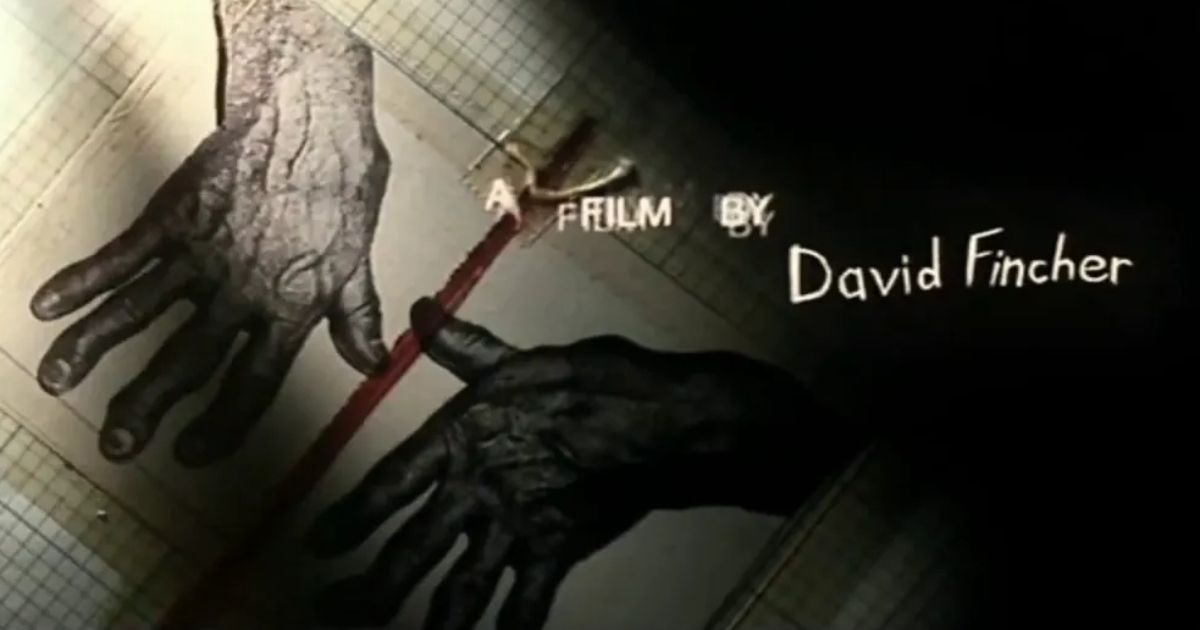
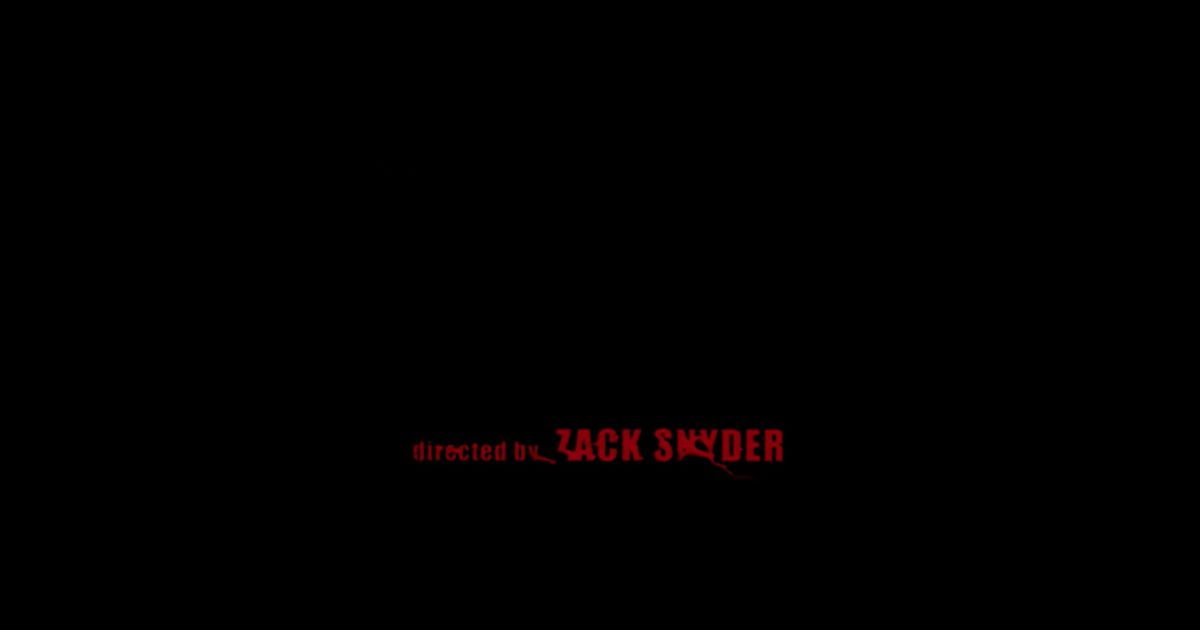
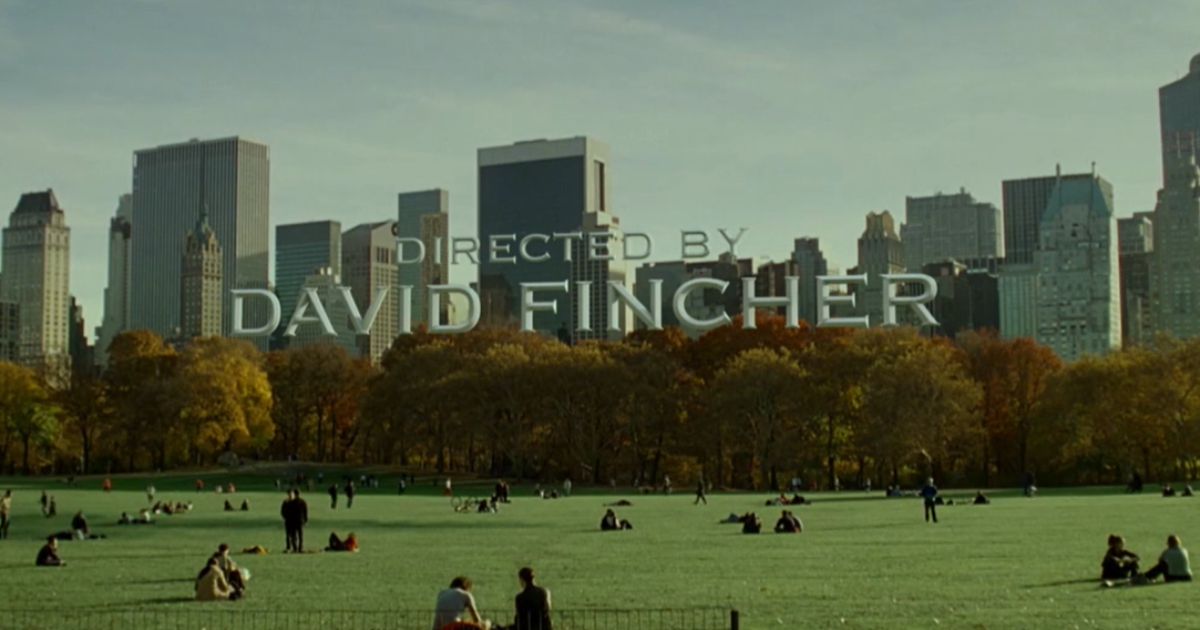
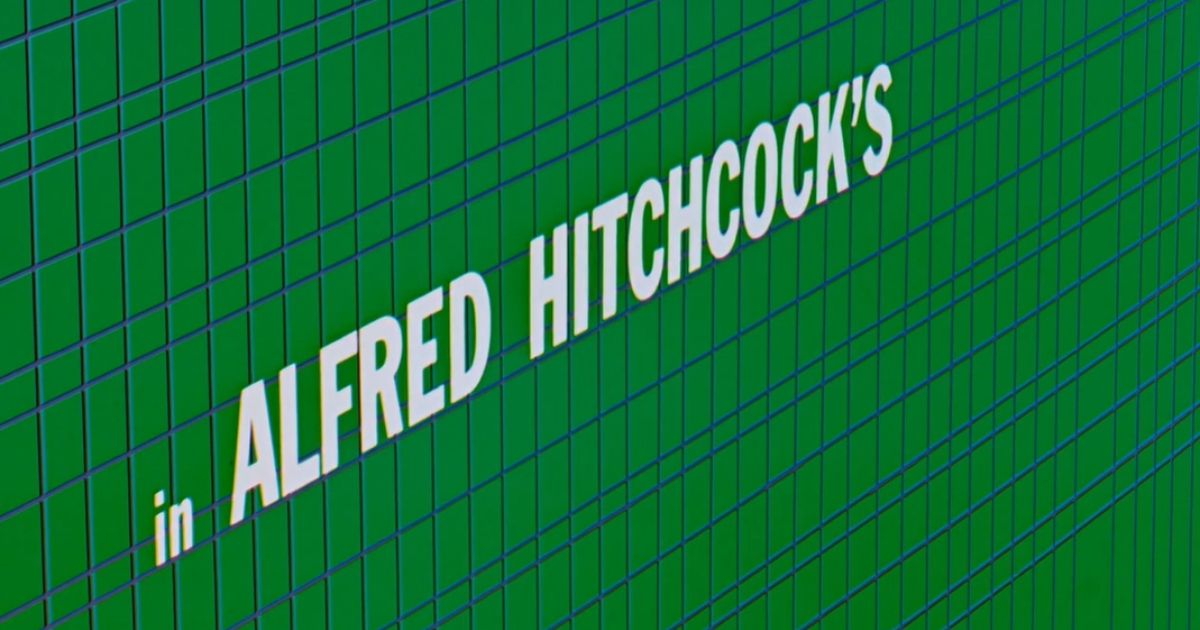


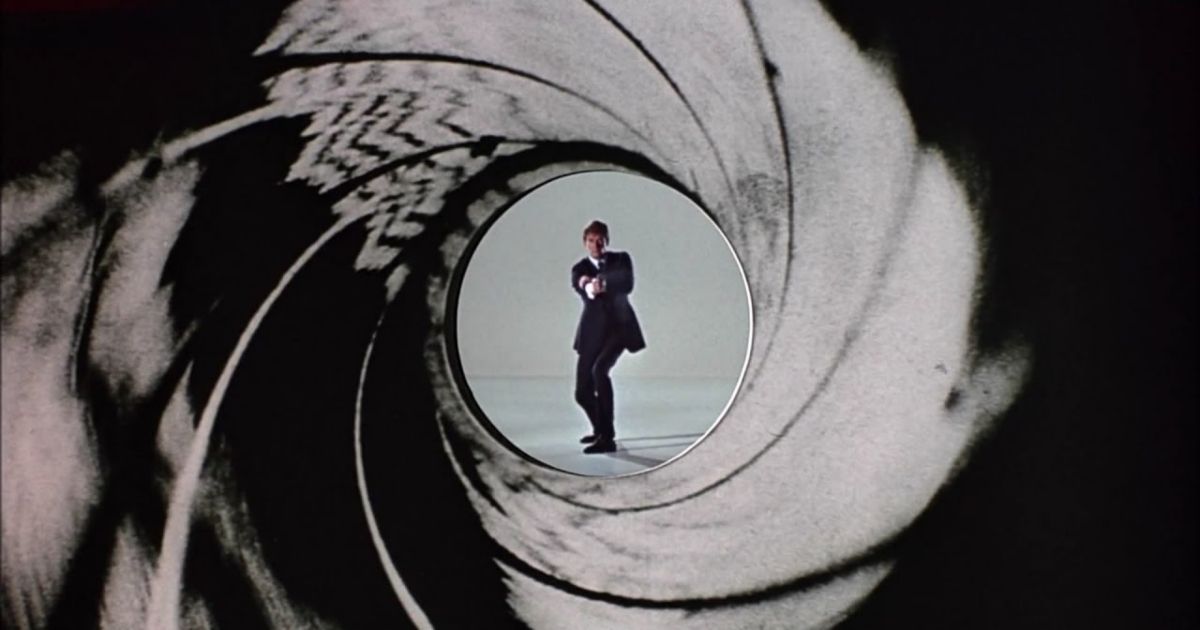

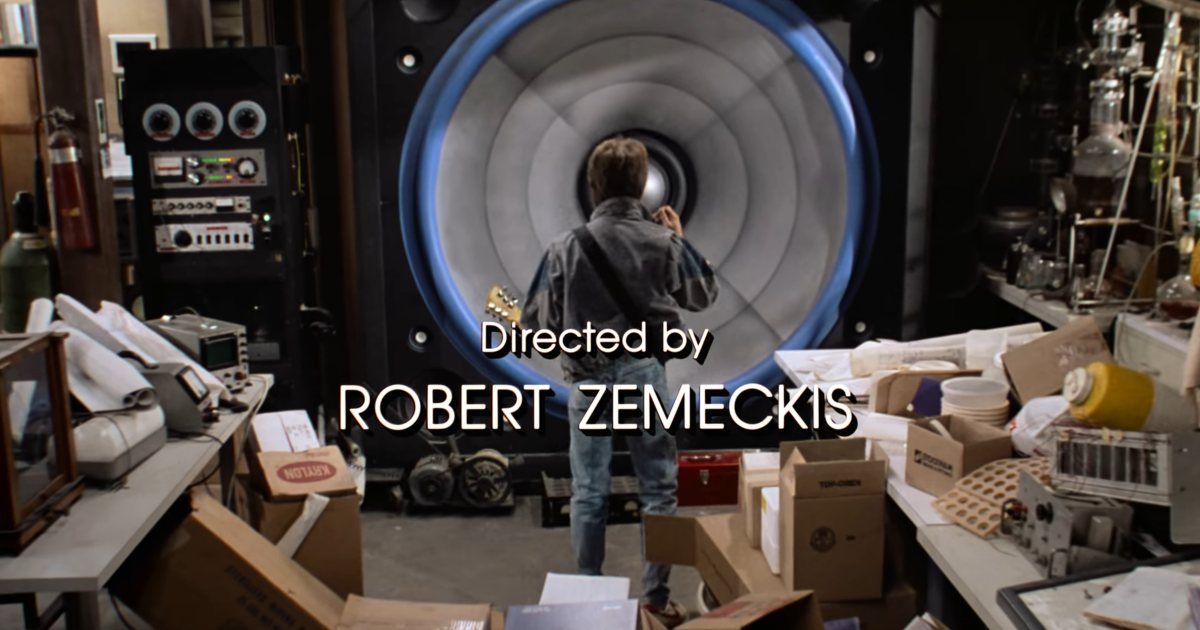
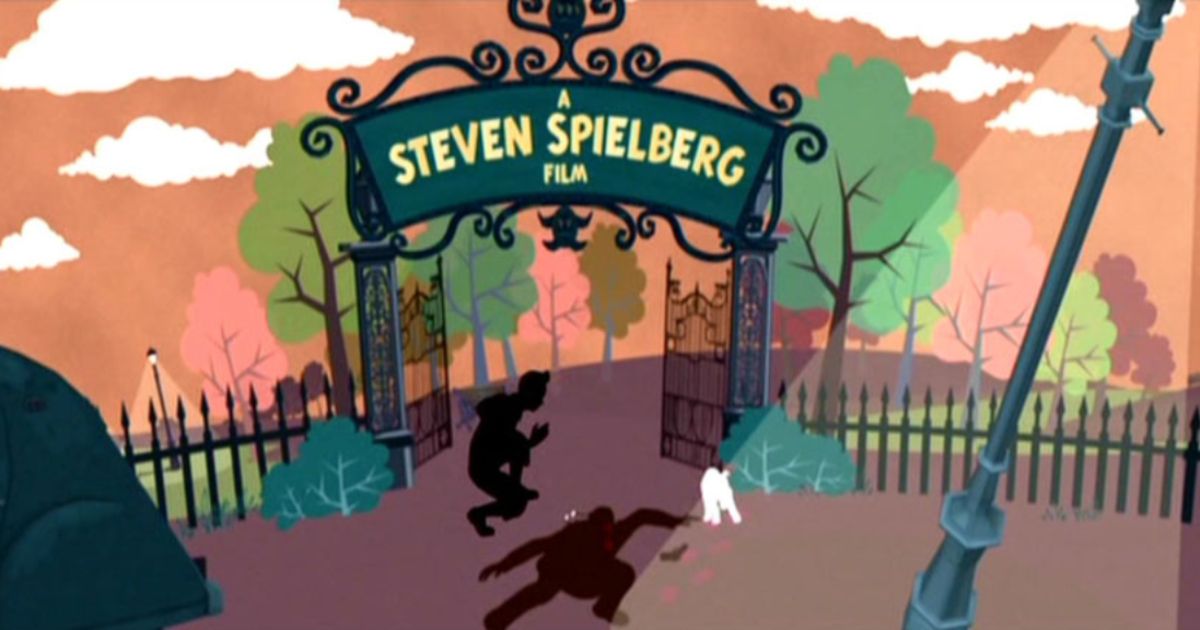
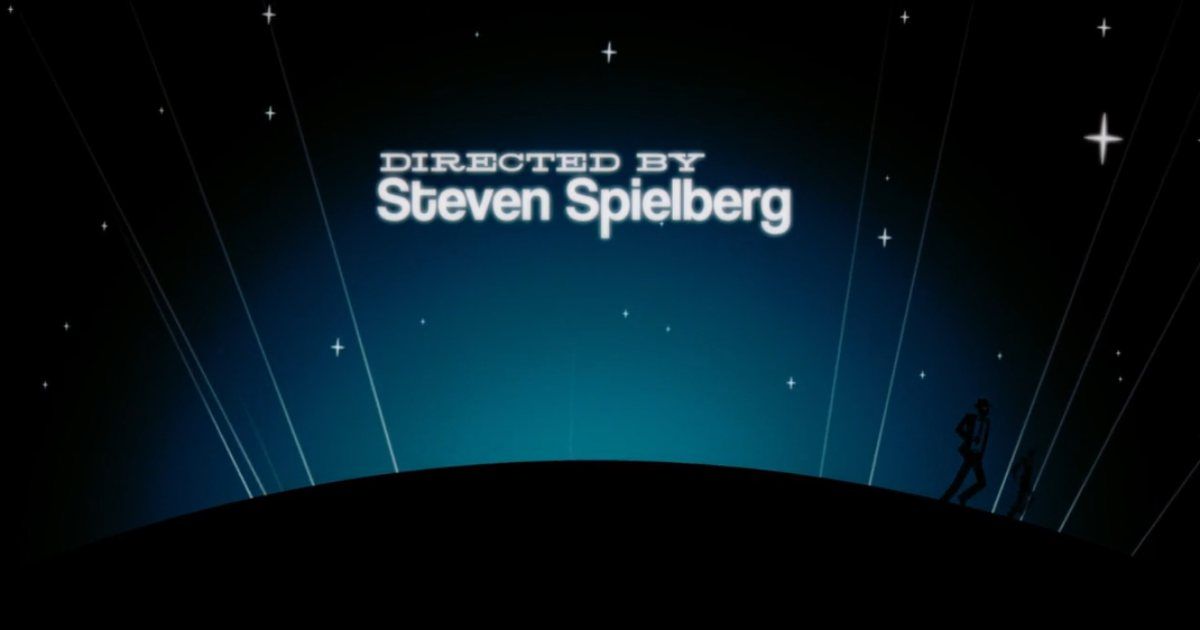

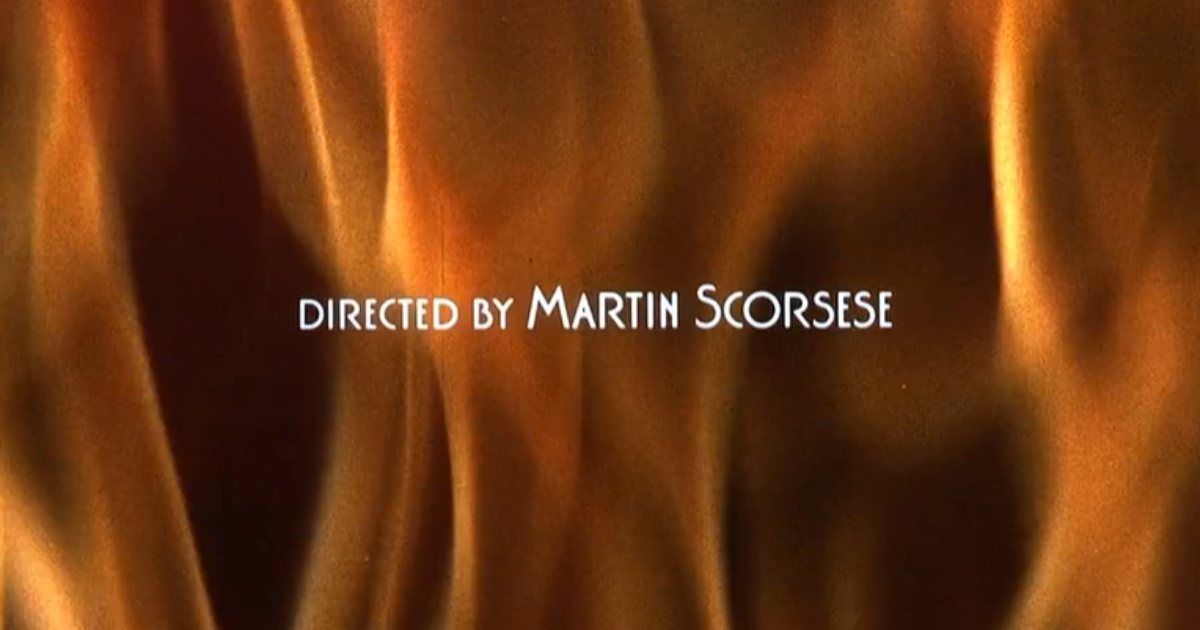

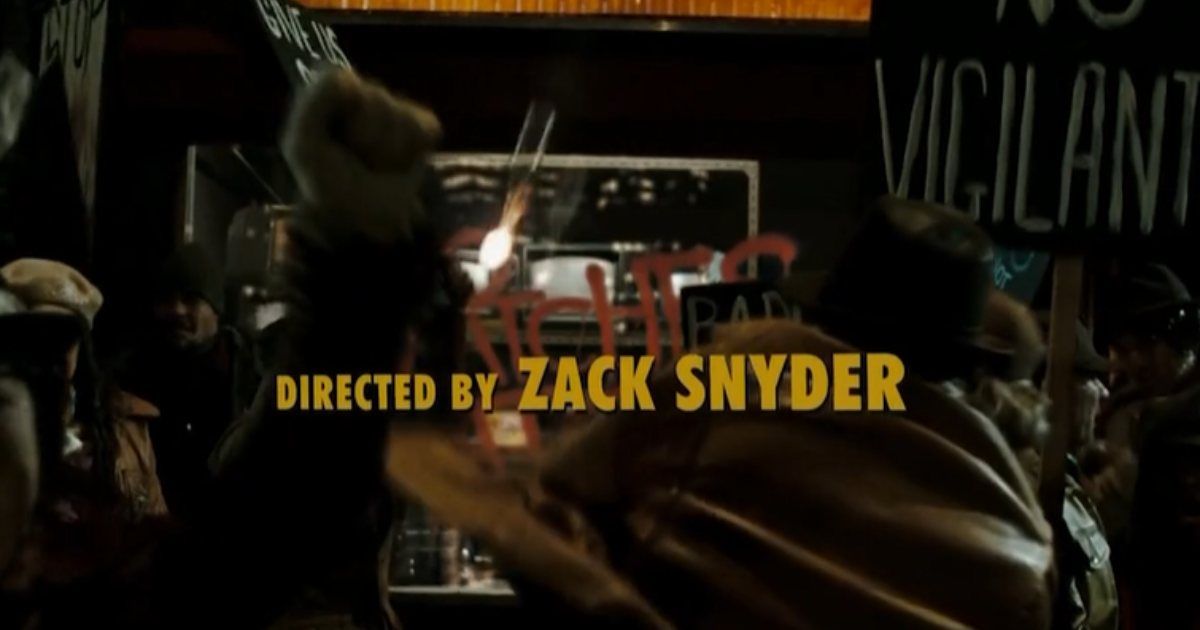
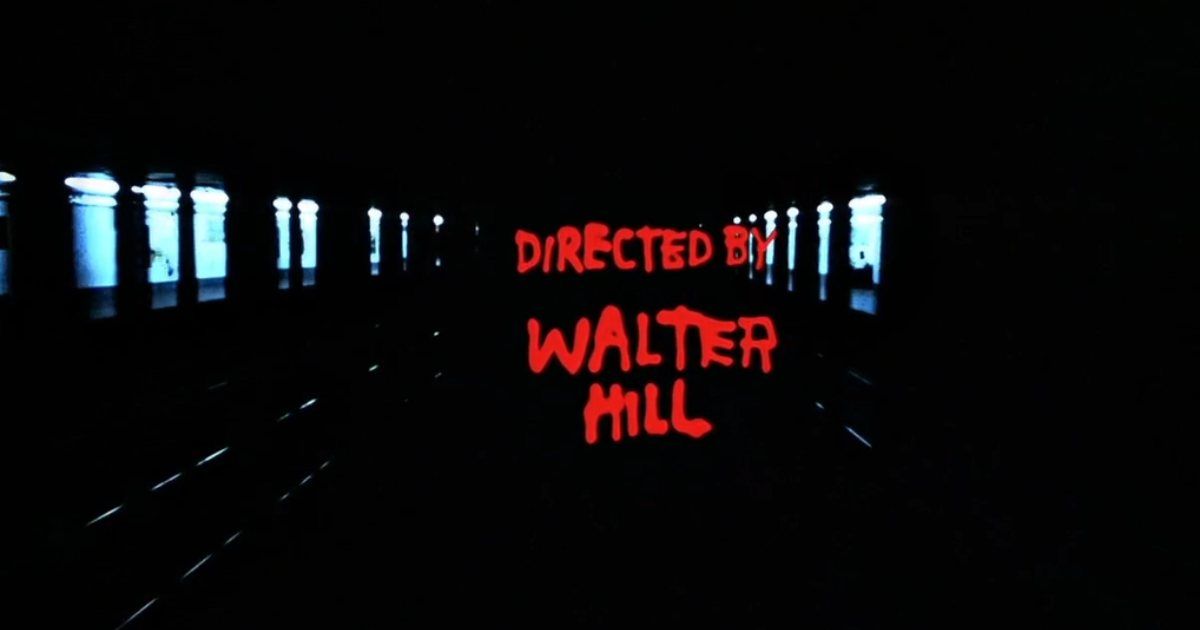

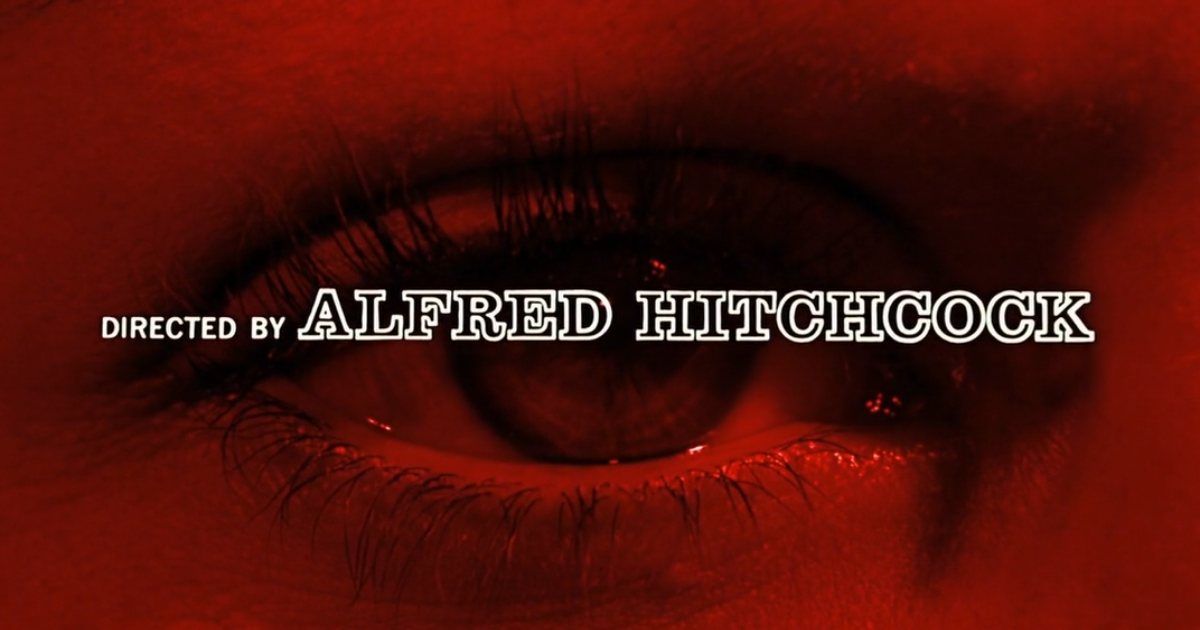


Comments
Post a Comment